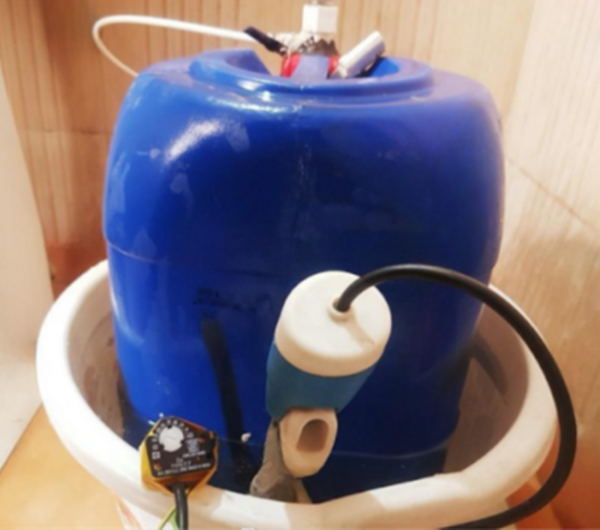Maximizing anaerobic biogas production using temperature variance
(1) Ridge High School, Basking Ridge, New Jersey., (2) Amity International School, Vasundhara, Uttar Pradesh, India.
https://doi.org/10.59720/22-210
We conducted this research as our start-up's research that addresses the problem of biogas production in cow-dense regions like India. We wanted to evaluate variables which would enable us to increase biogas production and ultimately increase the efficiency of our system. Through our prior knowledge of anaerobic digestion, we knew that temperature could be used as a variable to collect distinct data points and pursue our research. We hypothesized that the thermophilic temperature (45-60oC) would increase biogas production. This phenomenon happens primarily because, at this range, Methanobacteria (responsible for producing methane from slurry) multiply and digest the slurry (mixture of cow dung and water) at an optimum rate. Mesophilic temperature (<45oC) doesn't yield this optimum growth rate. Hence, the production process is much faster and more abundant at temperatures around 55-60oC. Our methods included trapping biogas produced inside a tire and measuring the change in the tire’s mass to predict the quantity of biogas produced. We measured the gas production in grams for the ease of experimenting using the available apparatus. Through our experiment, we concluded that this difference in production was almost two-fold. At mesophilic temperature, 121 g of biogas was produced in 15 days. At thermophilic temperature, the biogas production was about 247 g in the same period.
This article has been tagged with: